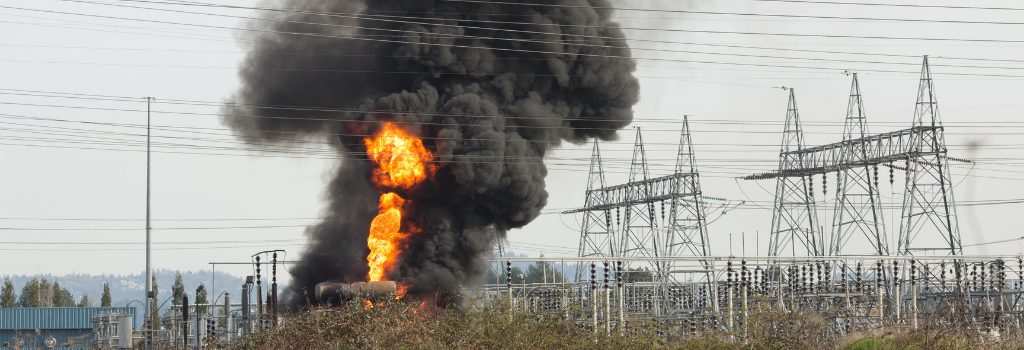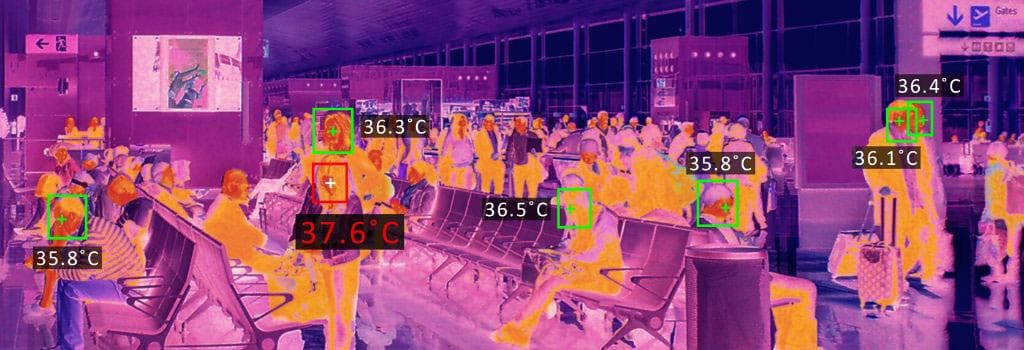Intelligent Systems
Forest fires may have a variety of origins and causes but early detection and warning methods used to limit the extent of their damage are largely the same. Now, cutting-edge AI technology is enabling more rapid detection to facilitate greater advance warning.
Подробнее: Protecting Critical Infrastructure Using Network Edge AI Platform
Modern fisheries have embarked on a new era of data and analytics-based technology to provide monitoring capability in a complex operational environment.
To ensure reliable monitoring and recording, the industry is turning to a reliance on Artificial Intelligence-based vision and Big Data analytics enabled by IoT technologies. By using electronic monitoring, video surveillance, sensors, and control systems, today’s fishing industry can achieve cost and risk reduction using intelligent systems.
Подробнее: Intelligent Connected Fishing Vessel Systems for Data Monitoring
Data centers are and will continue to serve as the backbones of our modern world. From watching your favorite shows on video streaming platforms to communicating with colleagues overseas, data centers enable the online services and resources that empower the way we live and work. As a result, ensuring the optimal operation and security of our data centers is crucial. To realize this, data center administrators require the ability to collect, consolidate, and analyze data across the board. This is best achieved via Data Center Infrastructure Management (DCIM) that leverages surveillance technologies, network appliances, sensors, and monitoring software. Through effective DCIM, administrators have an indispensable tool to measure, manage, and control data center utilization and energy consumption of all IT-related equipment and facility infrastructure components, including air conditioning systems.
Подробнее: Realizing Efficient Data Center Infrastructure Management
In order to build the largest edge cloud network in rural environments, network-as-a-service providers utilizes edge computing and wireless technology to bring the capabilities and advantages of the cloud with IoT and AI to the remote and hard-to-reach rural areas.
Подробнее: LEC-7242: Making Edge Computing Available In Remote Areas
To function properly, drive-thru restaurants need outdoor screens that display changing menus, promotions, offers, etc. They need a solution that ensures reliable and high-performance external displays, which can be managed remotely.
Подробнее: Industrial LTE Gateway Enables Digital Signage in Remote Areas
The COVID-19 virus outbreak is changing the way we commute. Train terminals, airports, metro stations are now the virus hot zone. To limit the spread of the virus and protect passenger safety, it is required to implement the new safety measures that would maintain efficient passenger traffic flow, while automatically measuring the temperature of every passenger at the checkpoint.
Подробнее: Video AI Computing Platform Enables Real-time Thermal Screening
AI-based Edge Computing technology is finding its way into various application scenarios, and one of which is intelligent traffic management. AI-optimized video analytics algorithms enable traffic flow analysis, vehicle counting, license plate recognition and driver/pedestrian behavior prediction, generating tremendous but useful volume of real-time data, at the edge, that can be relayed to the traffic control center for proactive response with almost no latency, not only preventing accidents but also saving lives.
Подробнее: Using Edge AI Appliances and Servers for Intelligent Traffic Monitoring












